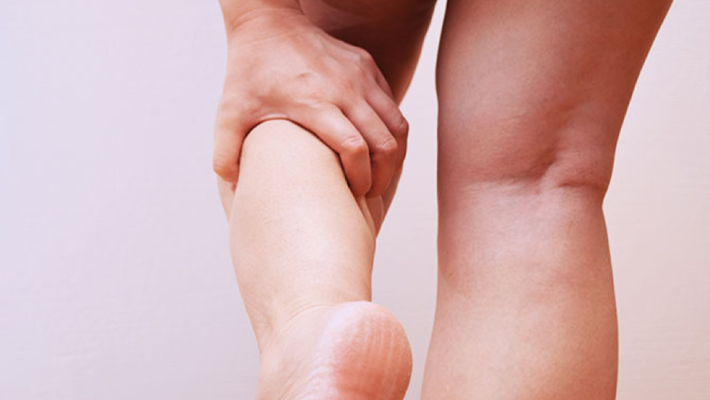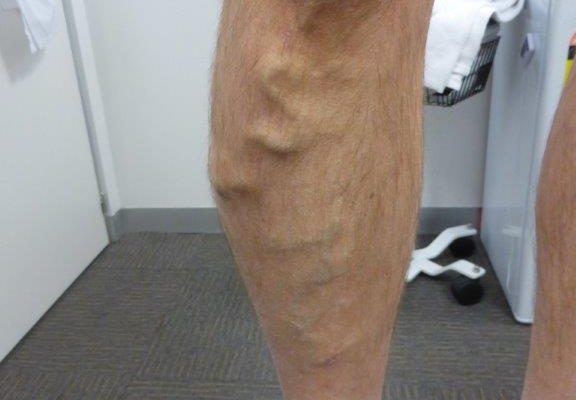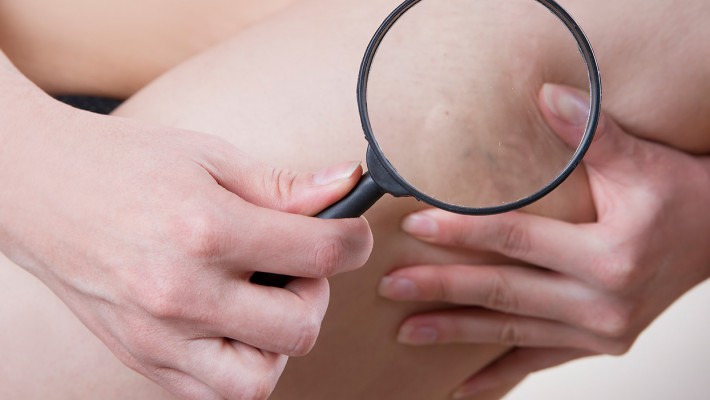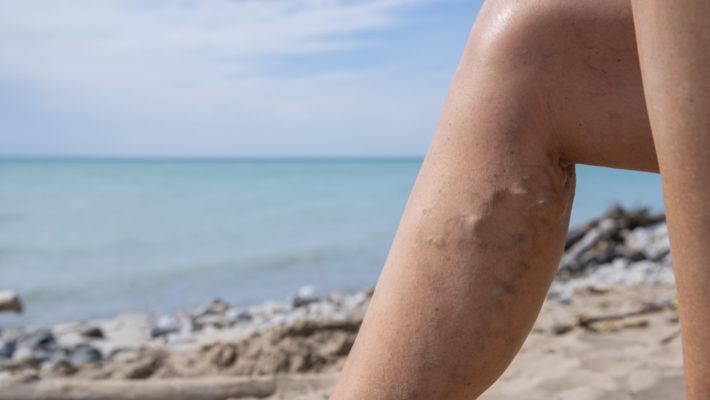As the better weather appears through Spring and Summer, it is the time of year that shorts, dresses and swimwear come out and unsightly leg veins are exposed again. This is the commonest time of year that people think about having treatments to improve the appearance of their legs, but is it the best time…

WHAT’S THE DRAMA ABOUT A DVT?
WHAT IS A DVT? DVT is the initialism for a Deep Vein Thrombosis. A DVT is a blood clot in a deep vein most commonly in the leg. WHY IS A DVT IMPORTANT? The deep veins are the main drainage veins for blood to travel back to the heart. Blockage of these veins can cause…

Do Varicose Veins Need to Be Treated?
Varicose Veins are basically bulging or enlarged veins visible on the surface of the skin. It is a very common condition with medical studies suggesting around 17% of men and 31% of women will develop Varicose Veins at some stage during their life. Risk factors for developing Varicose Veins include older age, being female, pregnancy,…
BROWN MARKS AFTER SCLEROTHERAPY
Following sclerotherapy treatment of surface leg veins it is usual to develop some superficial bruising in the area of treatment. This bruising typically changes in colour from an initial purple discoloration to a brown colour before disappearing over one to two weeks in the same way a bruise from a knock to the leg might…

VEIN GLUE
The use of glue to seal off Varicose Veins has recently attracted a lot of publicity. The treatment is called VENASEAL and involves using the glue butylcyanoacrylate. The treatment is designed for the treatment of larger deeper veins and not for surface and spider veins. The glue is injected into a vein via a catheter…

HOW CAN I TELL IF LEG ACHES ARE DUE TO VARICOSE VEINS?
Aching and pain in the legs can be caused by many conditions including Varicose Veins. Most leg pains are caused by wear and tear to the joints, muscles, ligaments or tendons in the leg. Some types of leg pain can be due to lower spine problems or inflammation of nerves (neuropathy) or muscles (myalgia). Leg…
5 ways to reduce the risk of D.V.T when flying
One of the common risk factors for developing DVT (Deep Vein Thrombosis) is long distance air travel. Air plane travel creates increased risks not only because of restricted mobility within the airplane but also because of lower oxygen levels (which may activate the clotting system) and lower humidity within airplane cabins – which increases risk…
Varicose Veins: Symptoms and Treatments
For the most part, varicose veins are esentially harmless. They do not cause other symptoms to develop even when they are fully visible. Their appearance however may lead people to believe that there is something serious developing with the body. For the most part, the sight of varicose veins is a purely cosmetic consideration. Their appearance…

